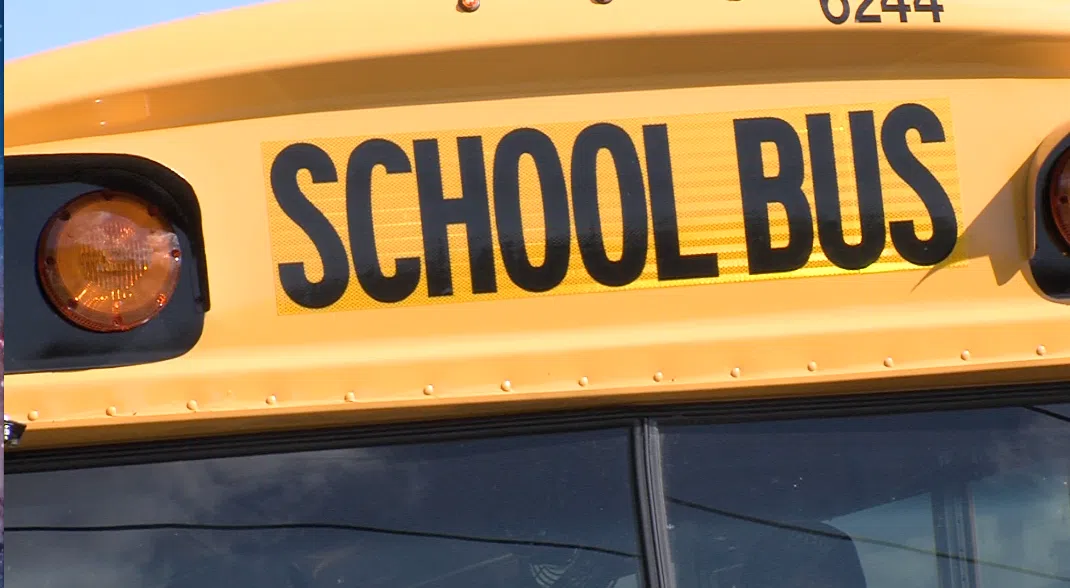
Rural school transportation impacted by enrolment numbers.
DUNMORE, AB — Rural school divisions are keeping an eye on enrolment numbers at smaller schools and the transportation changes which may have to be made in the future.
Brandi Stroh lives approximately 10 kilometres south of Elkwater and has three children — aged 14, 10 and eight years old — who rely on the bus to get to Irvine School, the closest school to them, every day. Stroh says the bus ride typically lasts one hour and 20 minutes both ways.
“Especially when they were younger…it is a concern,” she said. “It extends their day by two-and-a-half to three hours each days, and when you’re talking about a five-year-old, it affects them in regards to many things, even their attention span just getting to school. They’re exhausted for the first portion of their day.”
Stroh says she and her husband briefly considered home-schooling their children due to the distance, but ultimately decided against it, due to the two of them having to work.
